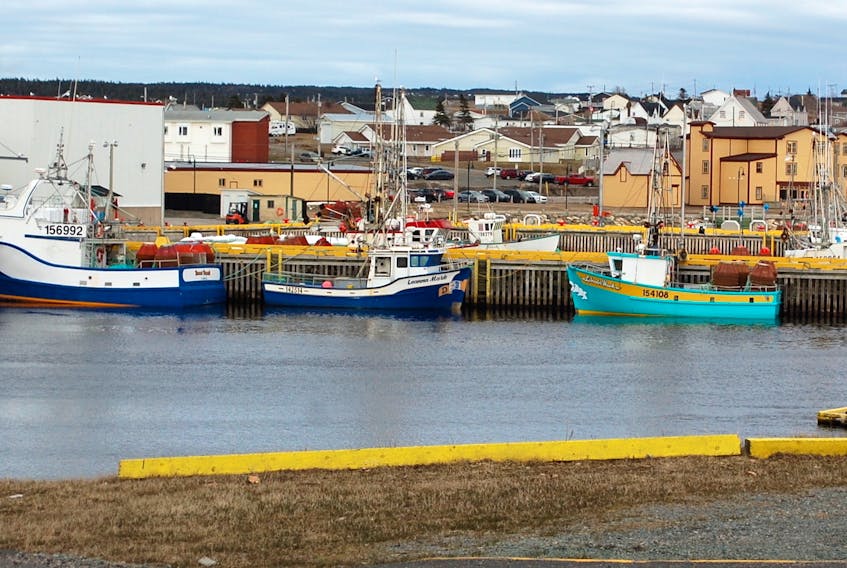BONAVISTA, N.L.
Fisherman Reg Butler of Bonavista wonders when the cuts will end for the snow crab fishery.
After Department of Fisheries and Oceans (DFO) scientists revealed the results of a six-year study of crab biomass last week, which is at a 25-year low, many are anticipating another cut in quotas for next year’s fishing season.
Butler is one of those who sees the writing on the wall.

“We’ve been taking cuts these last couple of years. If we have to take another cut, it’s hard because my (crab) quota, I’m cut right in half compared to what I was getting six or seven years ago,” Butler told The Packet on Monday, Oct. 22.
Butler, along with his brother, owns two crab licences, along with two small-boat or inshore licences. They fish with a six-man crew.
He says the expenses add up, making it harder and harder on harvesters.
“And the fuel is not getting no cheaper, and the bait is not getting no cheaper — that seems to be increasing every year as well — where do I draw the line? Does it come to the point where I have to shorten up the crew because it’s a big expense to run?”
And while prices were up this past season for the crab, Butler says it wasn’t the consolation that many might expect.
“It’s not offsetting what I’ve got lost,” he says. “If I had five-something (dollars) a pound and had my 100 and something thousand (pounds) to catch, then you’re good … But the price we’re getting for the crab—don’t get me wrong—is wonderful but it’s still not balancing out with what I’ve got lost.”
He adds that if they were back to getting between $1 and $2 a pound for crab, it wouldn’t be worth it for any harvester to untie their boats.
A reprieve with cod?
While the cod fishery may be seen as a way to alleviate the low crab stocks and potential quota cuts, Butler calls the groundfish quotas “a joke.”
He explains that they’re on weekly quotas of 1,500 to 1,600 pounds per licence. While he understands he doesn’t want to go out and destroy everything, he says they’d be much better off if they gave an entire quota for one vessel, like 50,000 pounds, and a full two months to catch it. It would save on trips and other costs like fuel and bait as well.
“’Dribs and drabs’ that’s all we’re doing by going out and getting, say, 1,500 pounds in one vessel and then we got two groundfish licences on another vessel—3,000 pounds in the other one.”
Butler adds that, as far as the price, once his codfish is graded, he’s getting the same price as he got 20 years ago.
“That’s once it’s graded and everything else, and we’re getting pretty good grades as well, but that’s what they were paying us back in 1998!” he said. “As far as I’m concerned, it should be at least a dollar a pound, no grades, no nothing, a dollar a pound straight.”
With the harvesters losing at the crab, they aren’t making it up with cod, but as it stands now it’s all a help, says Butler.
And looking ahead, he predicts another cut in quotas for crab. The only positive he can see is if it helps rebuild the resource.
But he still questions how much more they can be cut—and how much more they can take?
“It don’t look good, let’s put it that way.”
Twitter: @jejparsons









